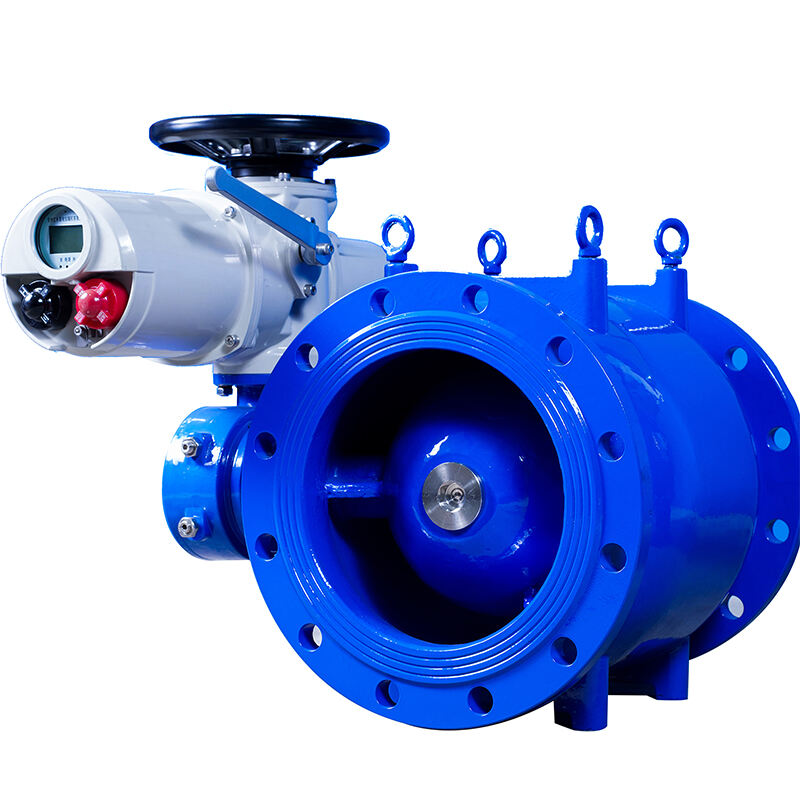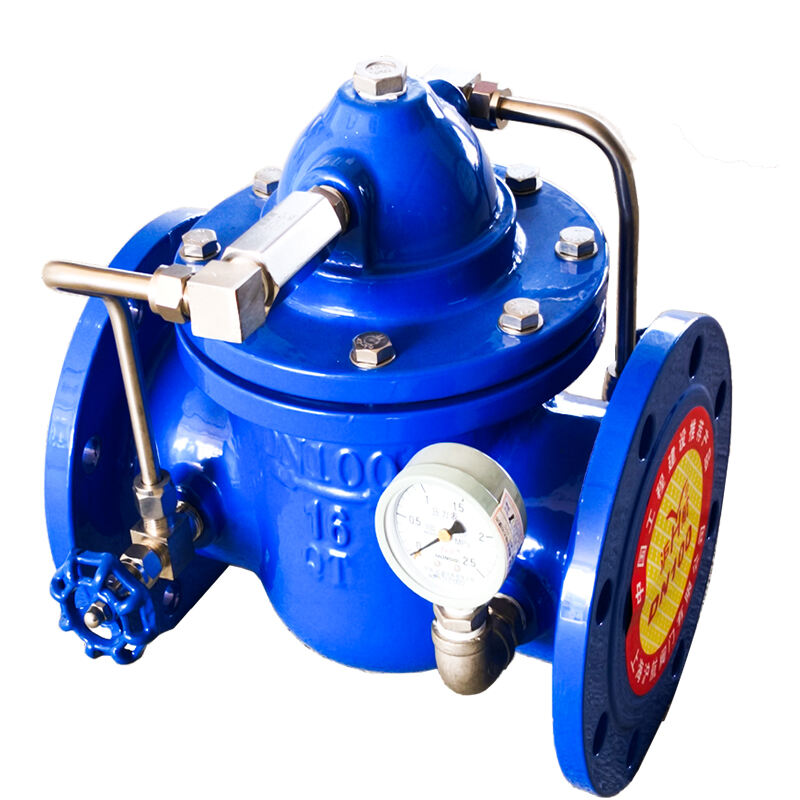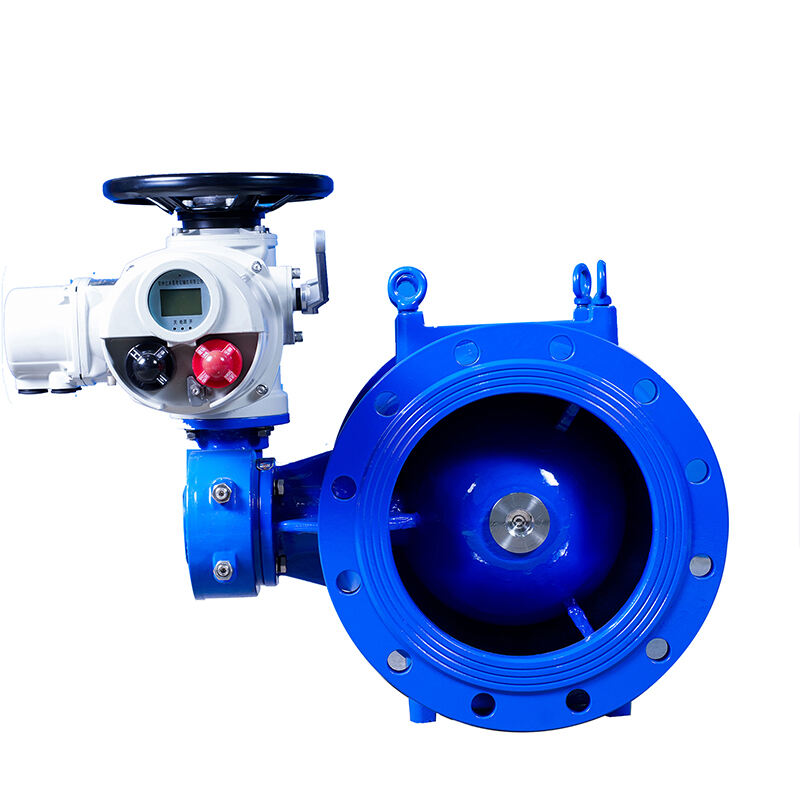pressure reducing regulator
A pressure reducing regulator is a crucial control device designed to maintain consistent downstream pressure regardless of fluctuations in upstream pressure or flow variations. This sophisticated device automatically adjusts to maintain a preset outlet pressure by monitoring and responding to changes in system conditions. The regulator consists of several key components, including a spring-loaded diaphragm, adjustment mechanism, and precision-engineered valve seat, working in harmony to deliver reliable pressure control. When inlet pressure increases, the regulator automatically compensates by reducing the flow area, ensuring stable downstream pressure. These regulators find extensive applications across various industries, from industrial gas systems and hydraulic circuits to municipal water supply networks and medical gas delivery systems. The technology employs advanced pressure sensing mechanisms and responsive valve designs to provide accurate pressure reduction while maintaining system stability. Modern pressure reducing regulators often incorporate features such as high-flow capacity, excellent pressure regulation accuracy, and built-in safety mechanisms to prevent system overpressure. Their robust construction ensures long-term reliability and minimal maintenance requirements, making them essential components in pressure control applications.


